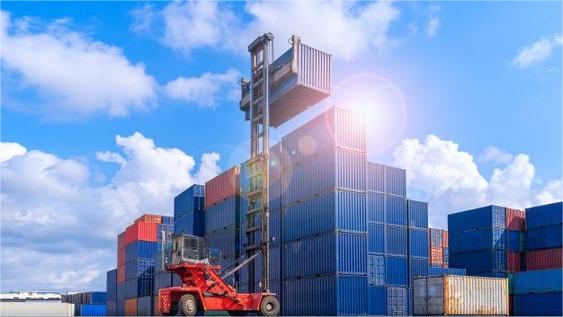- By Lawrence
- March 20, 2025
- Freight knowledge
2025 Ultimate Guide to China Freight: Cost-Saving Strategies, Transit Times & Trusted Partners | TopChinaFreight

FAQs
1. What Is the Average Cost for China Freight?
Answer: Costs vary by mode and volume:
- Air Freight: 1,500–5,000 (e.g., 40HQ container to the U.S.).
- Sea Freight: 300–1,200 (e.g., LCL shipment to Europe).
- Rail Freight: 800–2,500 (China-Europe routes).
Pro Tip: Consolidate shipments (LCL) to save up to 30% on costs.
2. Which Ports in China Are Most Efficient for Freight?
Answer: Top ports by throughput (2023 data):
- Shenzhen Port – 32 million TEUs (global ranking: 3rd).
- Ningbo-Zhoushan Port – Handles 10% of global container trade.
- Qingdao Port – 25% faster customs clearance for Asia-Pacific shipments.
Chart Insight: Shenzhen Port’s TEU growth rate (+7% YoY) outpaces global averages (4%).
3. How Long Does China Freight Take by Sea?
Answer: Transit times by route:
- China to Europe: 25–35 days (e.g., Shanghai to Rotterdam via Suez Canal).
- China to the U.S. West Coast: 28–38 days (via Pacific routes).
- China to South America: 40–50 days (Cape of Good Hope route).
4. What Causes Delays in China Freight?
Answer: Common issues include:
- Customs Holdups: 20% of shipments delayed due to incomplete documentation.
- Port Congestion: Up to 30% longer wait times during Q4 peak season.
- Carrier Strikes: Rare but impactful (e.g., 2023 Yangtze River port strike).
Solution: Partner with TopChinaFreight for bonded warehouse pre-clearance and real-time monitoring.
5. How to Compare Freight Carriers in China?
Answer: Evaluate these metrics:
- On-Time Delivery Rate: Top carriers (e.g., COSCO, Maersk) hit 95%+ compliance.
- AEO Certification: 90% of TopChinaFreight’s partners are AEO-certified, reducing customs scrutiny.
- Customer Reviews: 4.8/5 average rating on platforms like DHL Global Forwarding.
6. What Documents Are Required for China Freight?
Answer: Essential paperwork:
- Bill of Lading (BoL) – Legal ownership proof.
- Packing List – Detailed inventory for customs.
- Commercial Invoice – For tariff calculations.
- Certificate of Origin – Qualifies for preferential tariffs.
- Import License – Required for restricted goods (e.g., chemicals).
Conclusion:
China freight offers unparalleled efficiency and cost savings for global businesses. By leveraging data-driven insights (e.g., port performance, tariff trends) and partnering with experienced providers like TopChinaFreight, companies can mitigate risks, streamline operations, and ensure timely deliveries. Trust TopChinaFreight for AEO-certified security, real-time tracking, and sustainable logistics solutions.

